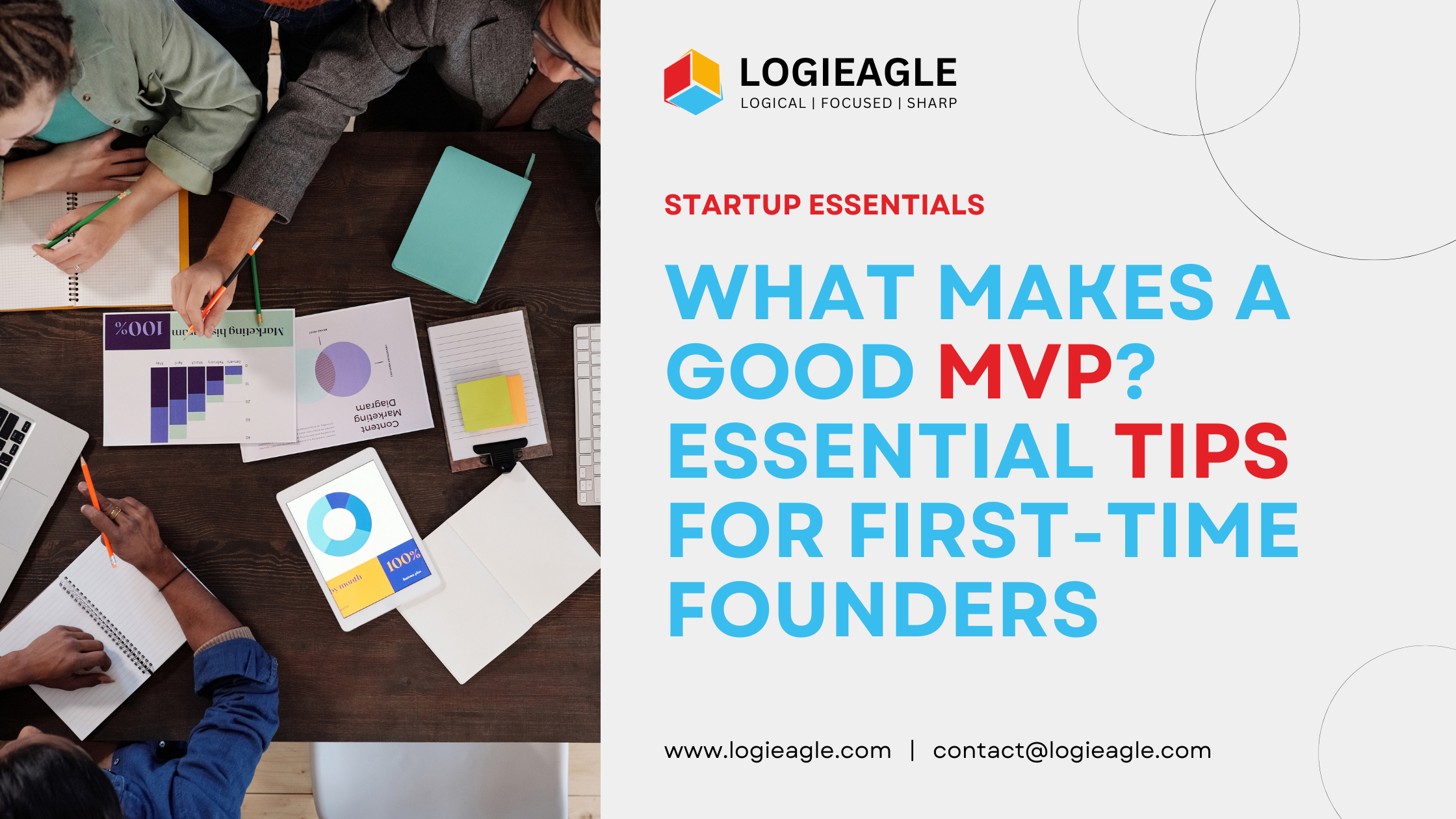
What Makes a Good MVP? Essential Tips for First-Time Founders
An MVP—or Minimum Viable Product—isn’t about launching a fully polished product. It’s the leanest version of your idea that still delivers real value to early users, so you can test your assumptions and learn what people really want.
If this is your first startup, an MVP can feel like a lifeline. You don’t have all the resources or information yet. Each wrong move can cost time, money, or momentum. An MVP helps you learn without betting the whole farm.
Why MVPs Matter
Launching with an MVP helps you:
- Test your idea in the market. Get feedback from real people, not just what you think they might want.
- Save time and money. You build only what’s necessary first.
- Get early adopters. These are people who believe in what you’re doing, who will try the product early and give you honest feedback.
- Show progress/traction. Investors, partners, or even just your team need to see something real, not just ideas and slides.
Remember: Your goal with an MVP isn’t perfection. It’s usefulness. Solve real problems, focus on what matters, and leave the shiny extras for later.
What Makes a Good MVP
At the core of a great MVP is one essential value—what problem you’re solving for people. Everything else is secondary. If you strip away the non-essentials, you can put all your energy into getting that core right.
Here are the differences between MVP & full product:
| Aspect | Full-product | MVP |
|---|---|---|
| Features | Many advanced features, integrations, polished UI | Only essential features that directly solve the main problem |
| Purpose | Serve as many use cases as possible; compete broadly | Validate assumptions; test with real users |
| Design | Polished, possibly with many design phases | Simple, clear; focused on function over form |
Feature prioritization is key. Every feature you consider should pass this question: “Does this move us closer to solving the core problem for users?” If not, it waits.
Example: Instagram started with Burbn, which had check-ins, photo-sharing, scheduling, etc. Eventually, the founders noticed users only really cared about photos. So they stripped everything else away and focused on that. That focus made the product powerful.
Even with minimum features, your MVP should feel intentional—not half-baked. Users should immediately understand what problem you’re solving and see clear value.
Before You Build: Validate the Idea
You want data before you build. Here’s how to do that:
- Study the competition and market See what direct and indirect competitors are up to. What do they do well? Where do they fail? What are people asking for that no one is delivering yet? Market reports, trend analyses, search-volume tools help.
- Talk to your users Do interviews. Join forums, communities, Reddit, social media where potential users hang out. Ask what frustrates them now. What existing solutions they use, what they like/dislike. Use surveys for some numbers.
- Check business viability How will you make money? How much will it cost to acquire users? What is their lifetime value? Can your costs scale? Use your MVP to test these business hypotheses early.
Building a Working Prototype
When you move from idea to prototype:
- Use a framework like MoSCoW (Must-have / Should-have / Could-have / Won’t-have) to decide what goes in now vs later. Most MVPs only need 2-3 must-have features to start.
- Make wireframes (simple sketches) to map user flows. It helps you spot confusing steps early, before dev begins.
- Build something enough to test key assumptions—but nothing more. Don’t try to build the final, perfect version from Day 1.
UX & Design with Limited Resources
Even an MVP benefits a lot from thoughtful UX. It doesn’t need to be fancy, but it should be usable. A messy, confusing MVP loses users even if the idea is strong.
Some tips:
- Use community feedback instead of expensive labs: forums, social channels, etc.
- Make onboarding easy. Don’t force users to fill forms or understand complex instructions just to try it.
- Keep navigation clear. Calls to action (CTAs) should be obvious.
- In domains like blockchain or Web3, special care for user trust, clarity, security matters even more.
Getting Ready For Launch
There’s more to launching than just completing the product.
- Build a waitlist before launch. It helps you test things with a small engaged crowd, manage capacity, set expectations.
- Create a strong landing page: a clear headline that matches the problem you solve, subheadline with how you solve it, mockups or demo if possible, CTA for signup, maybe social proof.
- Be realistic. Expect small numbers first. More feedback than sales. Bugs, mixed reactions. That’s ok.
How to Build It: Tools & Approaches
- Custom vs No-Code: If you need full control, scalability, custom logic, coding is better. But no-code tools let you move fast, test ideas early, with less cost.
- In-house vs Outsource: In-house gives you control and alignment. Outsource gives flexibility and access to skills you don’t have. But communication, shared vision, quality are risks to manage.
- Pick reliable dev partners. Check their portfolio. Ask how they work. See if they ask business questions, not just tech specs.
What Functional Pieces Must Be There
Some modules are almost essential even in an MVP that wants to test business viability:
- Payment / Subscription system: Even if you give free trials, having payment flow helps you test monetization assumptions.
- User management / authentication: Login, signup, profile, password recovery. Social logins help reduce friction.
- Analytics & marketing automation: You need tools to track behavior, measure retention/activation, send emails to users, maybe referrals. So you get feedback and insights automatically.
Launching & Getting Feedback
When you’re ready:
- Do a soft launch or beta with a small group first (10-20 users) to catch bugs, get feedback.
- Use feature flags so you can roll things out gradually.
- Collect feedback in two ways:
- Qualitative: interviews, direct conversations, feedback forms.
- Quantitative: usage metrics (conversions, retention, drop-offs, etc.)
- Key metrics to track:
- Conversion rate
- Retention / how many people come back
- Churn (who stops using)
- Customer Acquisition Cost (CAC)
- Iterate fast. Based on data, adjust what’s working, remove what isn’t.
What Comes After Launch: Post-MVP
After your MVP is out, things get clearer—and messier:
- Expect surprises. Users may love what you thought was minor, ignore what you thought was central.
- Be humble. Your original vision is a hypothesis. Use what you learn to refine it.
- Stay agile. Prioritize what feedback to act on now vs later. Move fast on small improvements.
In Conclusion
Your MVP isn’t the final product—it’s where your journey begins. It’s your learning lab. Every user interaction, piece of feedback, data point helps shape what you build next.
To first-time founders: embrace imperfection, listen closely, move quickly, and be ready to pivot. If you build something people truly want, everything else follows.
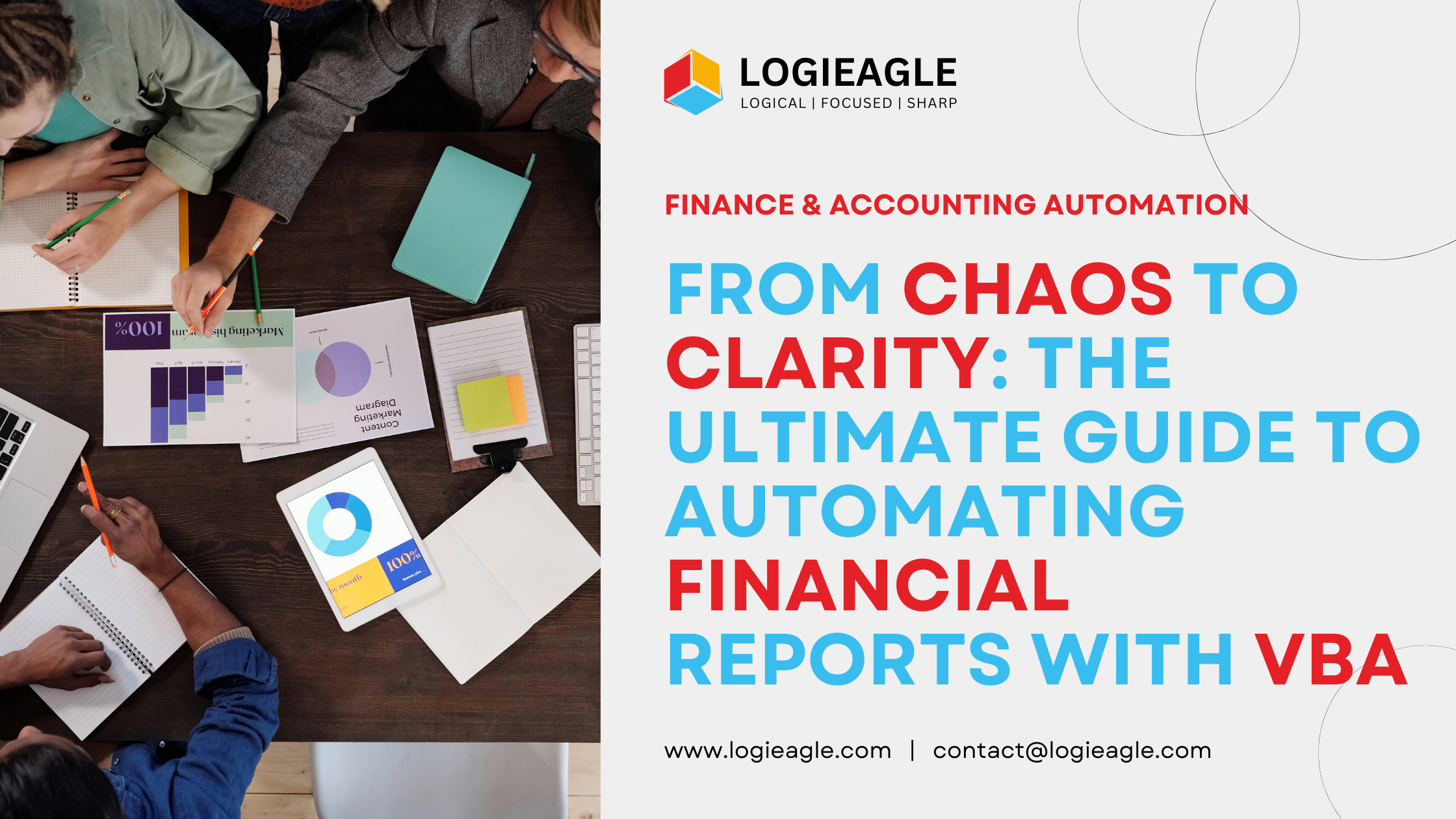 From Chaos to Clarity: The Ultimate Guide to Automating Financial Reports with VBA
From Chaos to Clarity: The Ultimate Guide to Automating Financial Reports with VBA
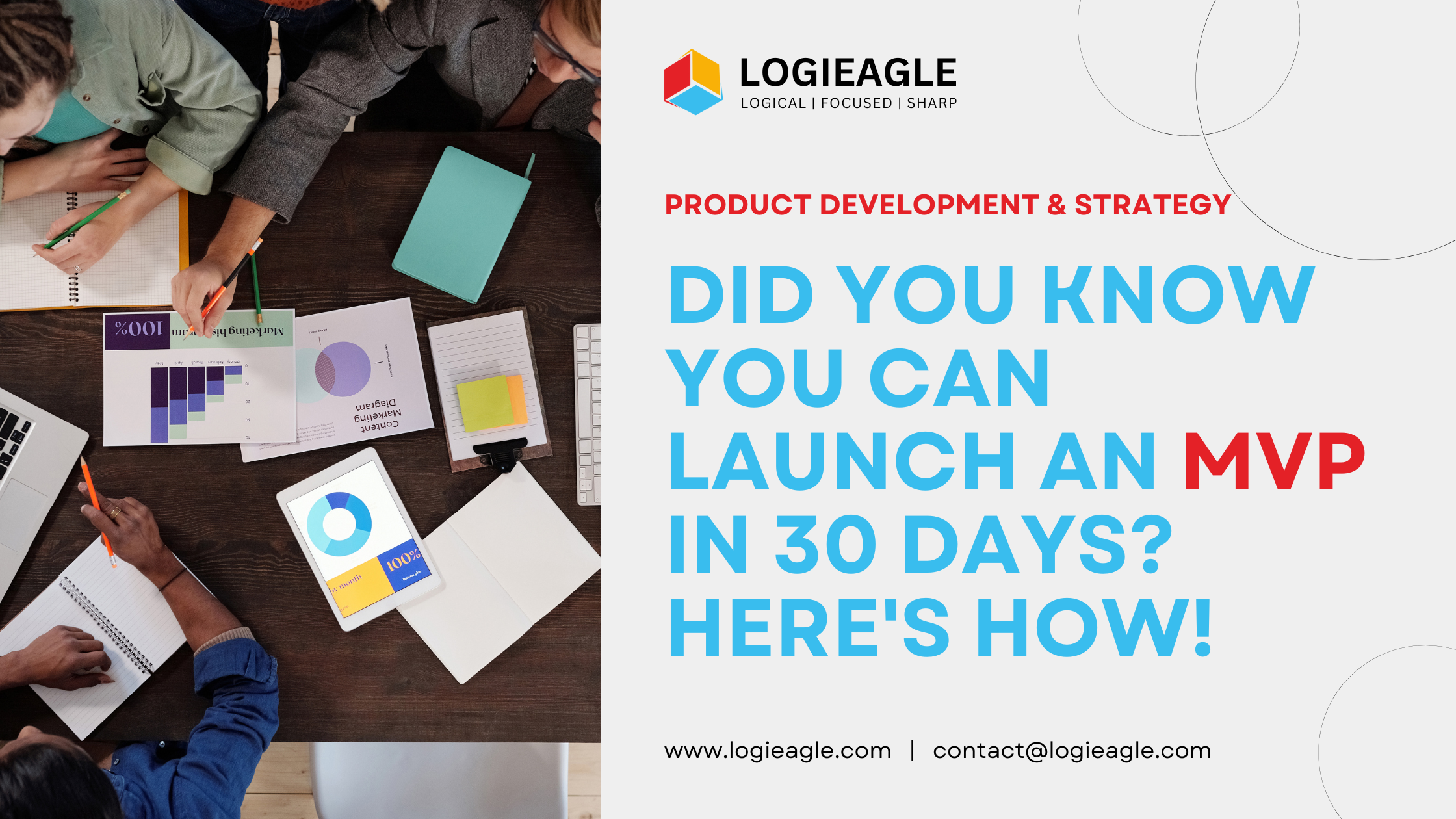 Did You Know You Can Launch an MVP in 30 Days? Here's How!
Did You Know You Can Launch an MVP in 30 Days? Here's How!
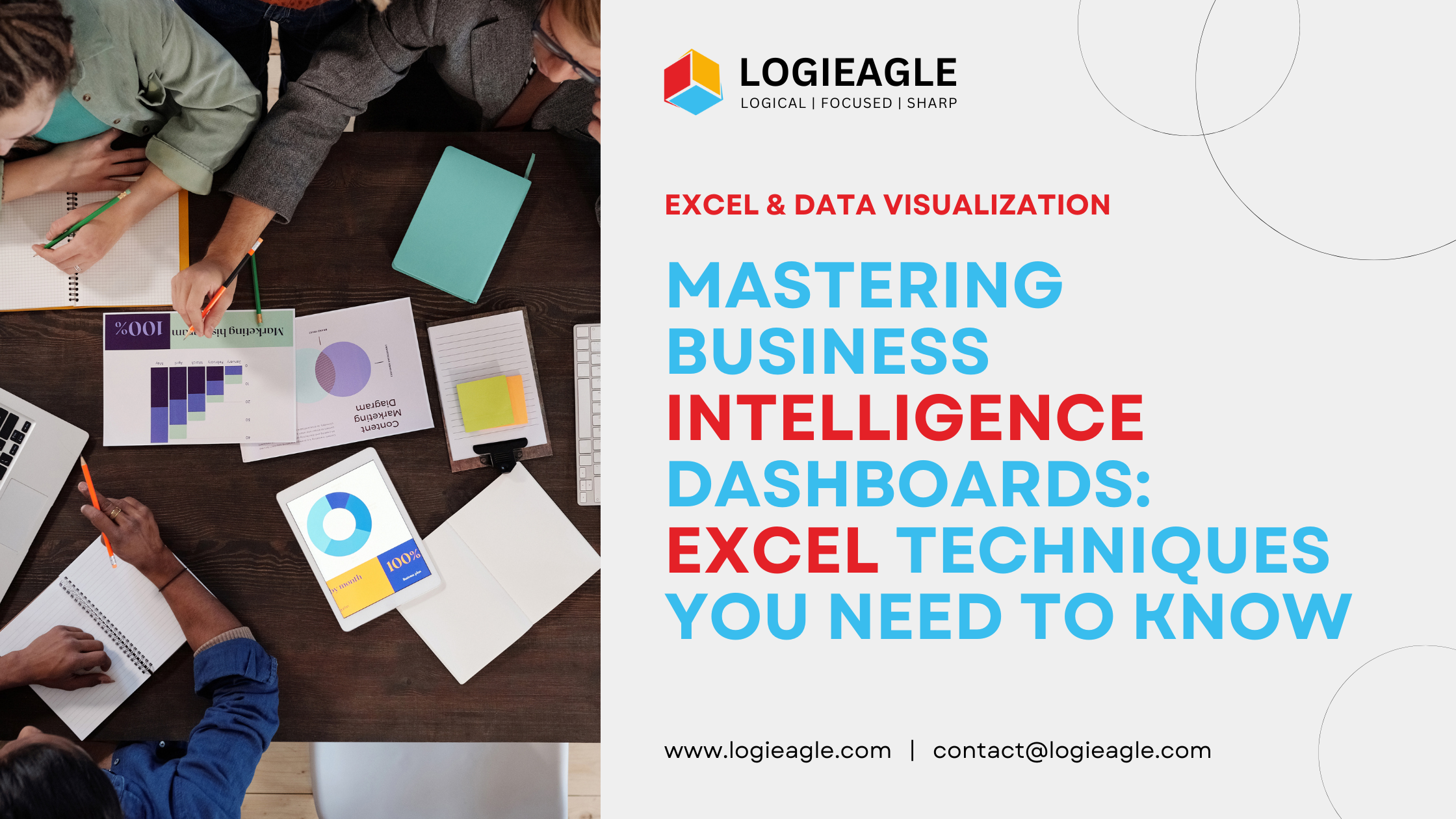 Mastering Business Intelligence Dashboards: Excel Techniques You Need to Know
Mastering Business Intelligence Dashboards: Excel Techniques You Need to Know
 Turning Excel into a Scalable Business Tool: A Step-by-Step Guide
Turning Excel into a Scalable Business Tool: A Step-by-Step Guide
 The Psychology Behind Intuitive UX: How to Design for User Comfort
The Psychology Behind Intuitive UX: How to Design for User Comfort
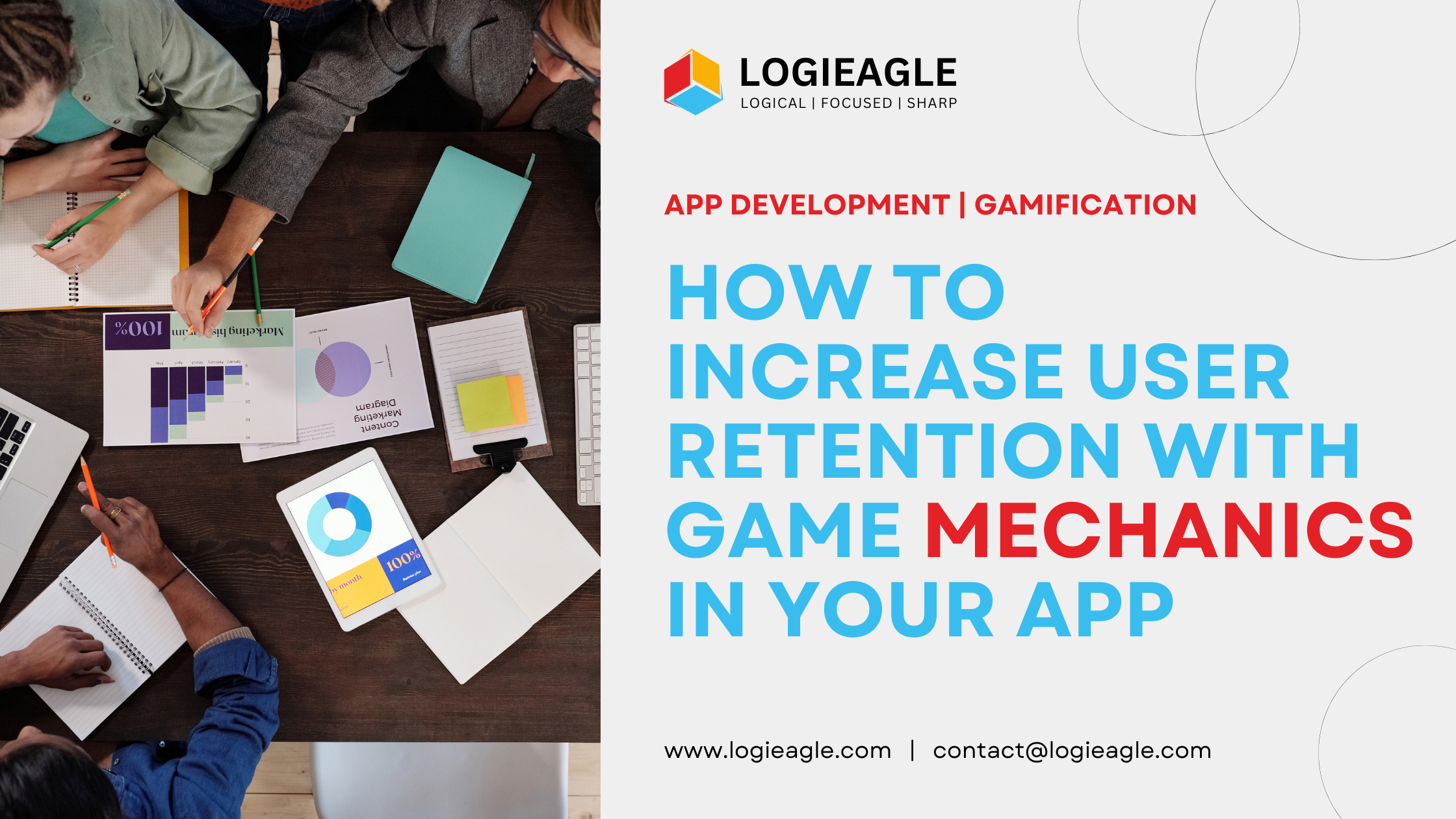 How to Increase User Retention with Game Mechanics in Your App
How to Increase User Retention with Game Mechanics in Your App
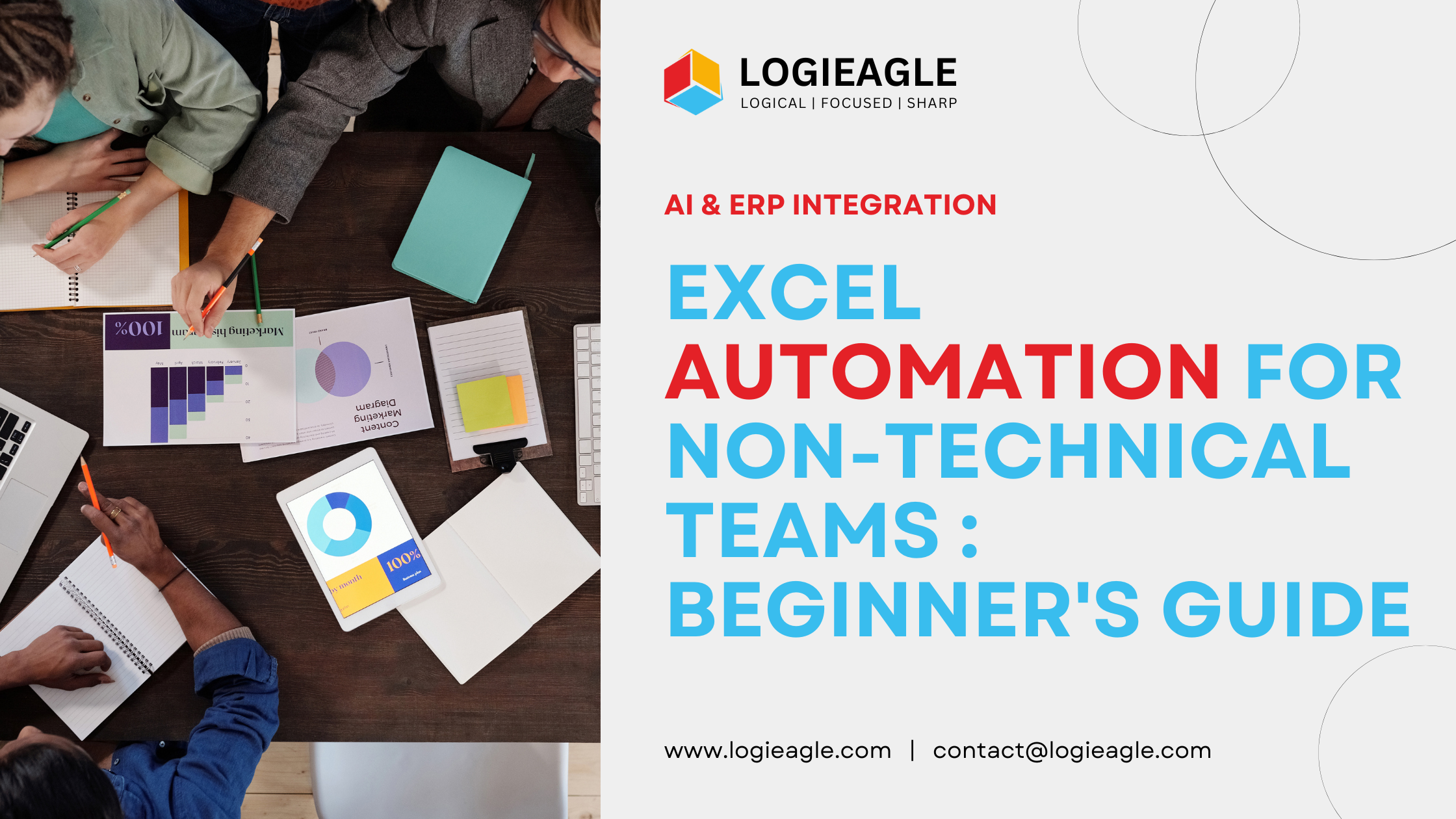 Excel Automation for Non-Technical Teams: A Beginner's Guide
Excel Automation for Non-Technical Teams: A Beginner's Guide
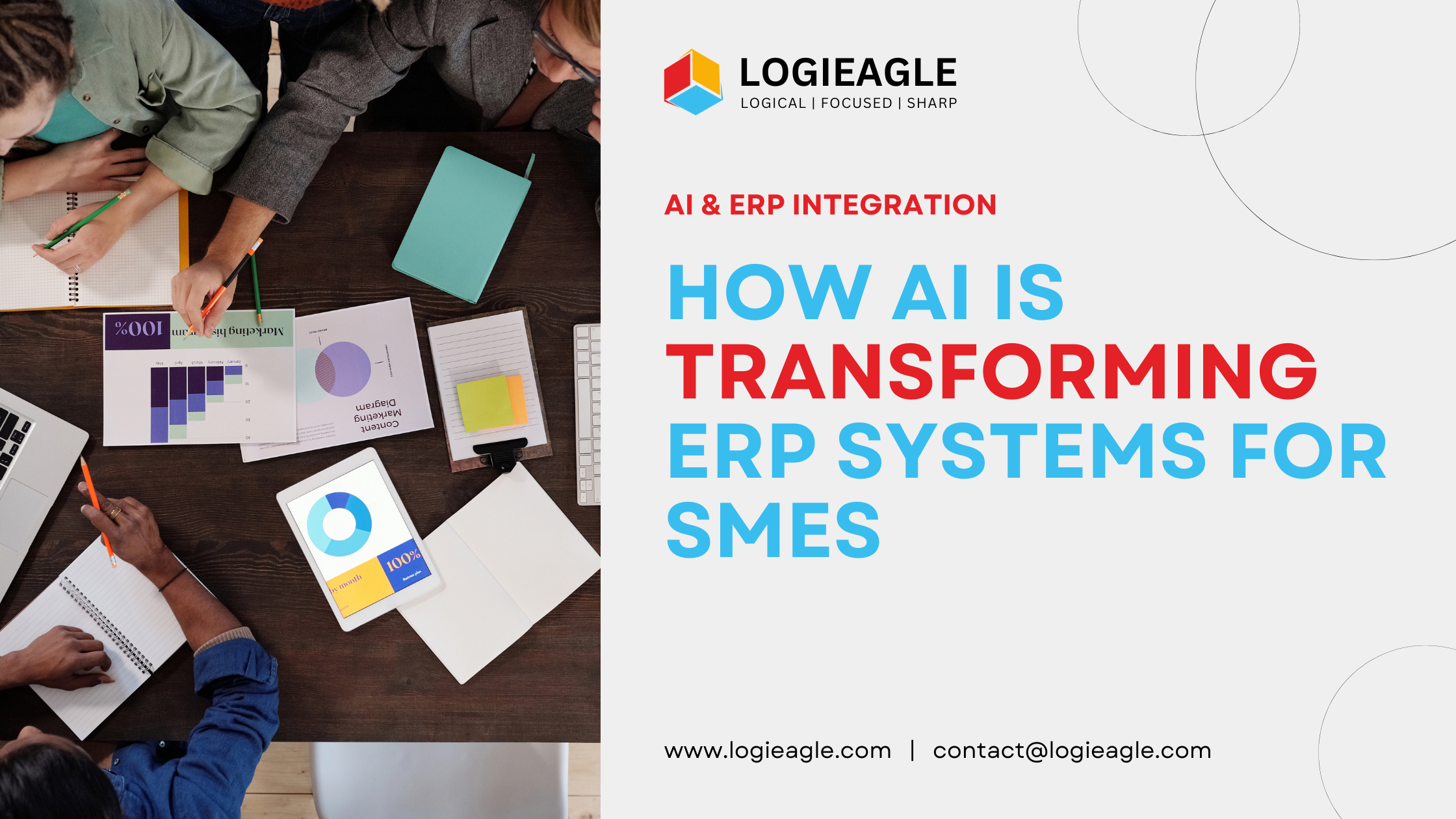 How AI Is Transforming ERP Systems for SMEs
How AI Is Transforming ERP Systems for SMEs
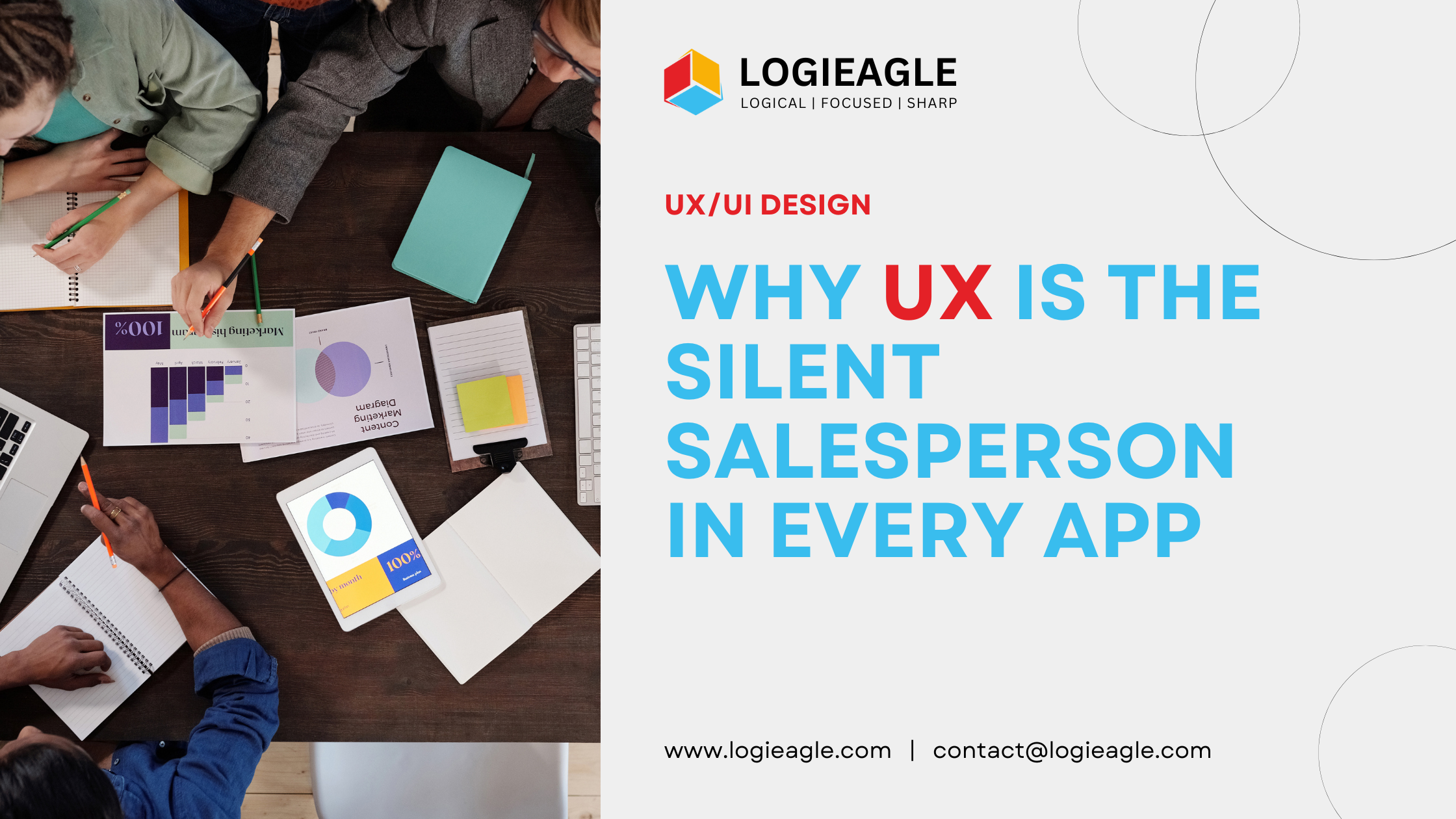 Why UX Is the Silent Salesperson in Every App
Why UX Is the Silent Salesperson in Every App
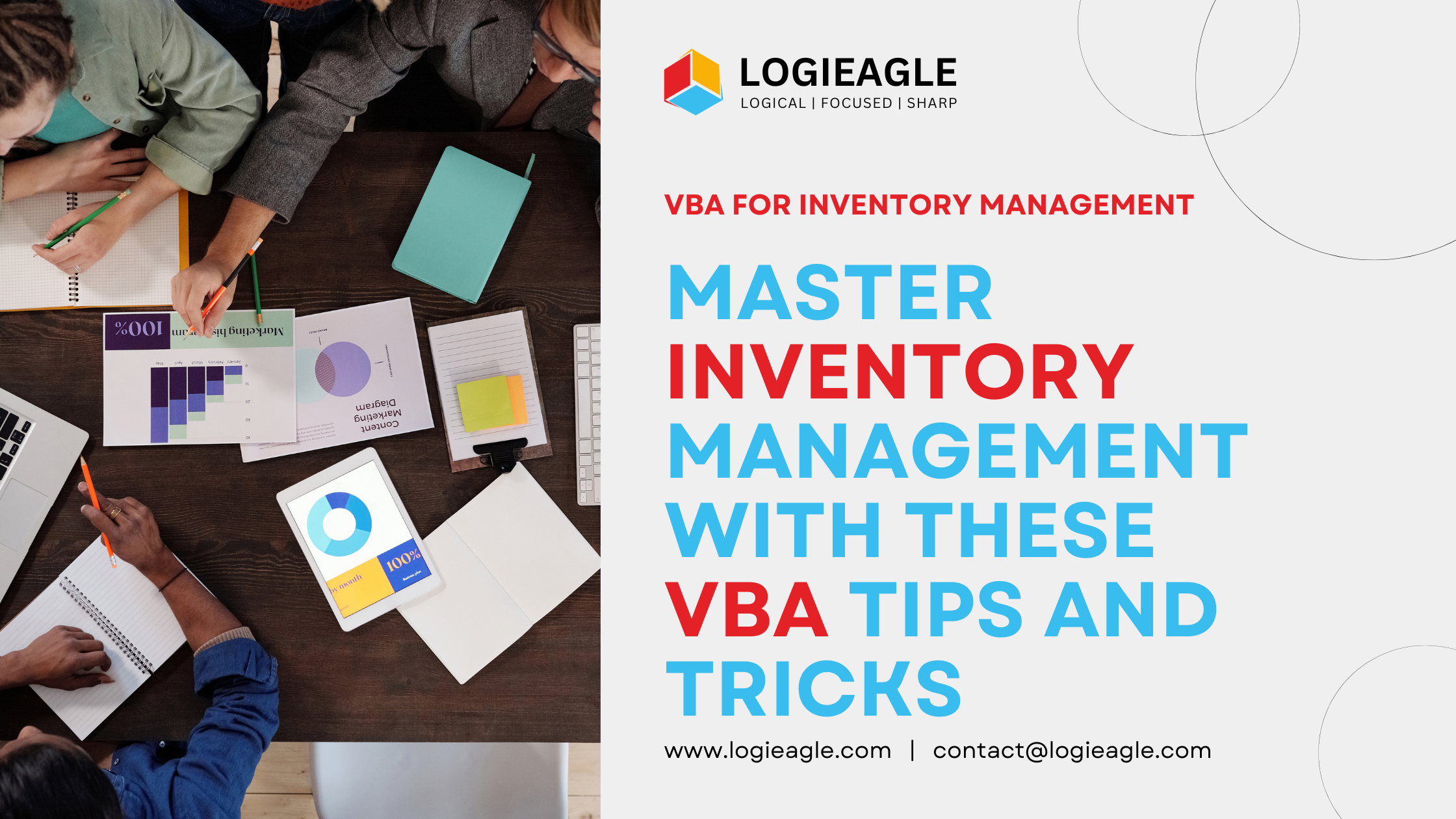 Master Inventory Management with These VBA Tips and Tricks
Master Inventory Management with These VBA Tips and Tricks